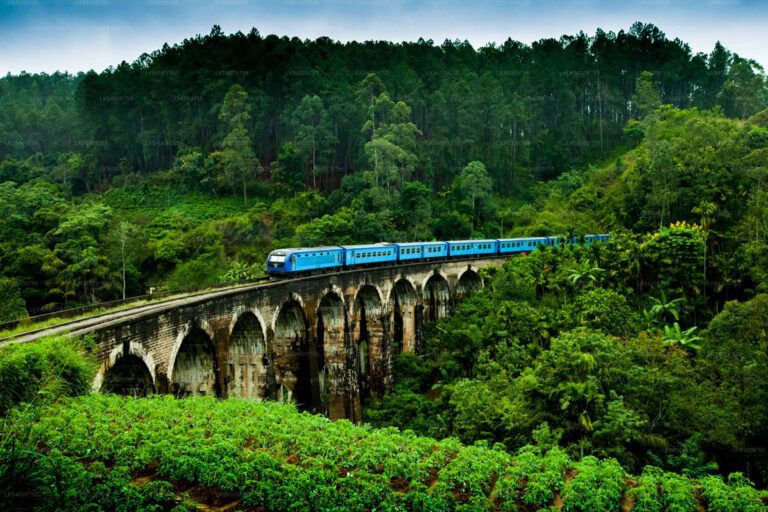“Exploring the Beauty and Diversity of Sinharaja Forest: A Comprehensive Guide to Sri Lanka’s Last Remaining Rainforest”
Located in the wet zone of Sri Lanka, Sinharaja Forest is a UNESCO World Heritage site and the country’s last remaining rainforest. The forest is known for its rich biodiversity, with a wide variety of flora and fauna that cannot be found anywhere else in the world. A visit to Sinharaja Forest is a must for any nature lover, as it offers a unique opportunity to experience the beauty and diversity of Sri Lanka’s natural environment.
What to Expect in Sinharaja Forest
One of the first things you’ll notice when you enter Sinharaja Forest is the dense vegetation that surrounds you. The forest is made up of a mix of lowland and montane rainforest, with tall trees, vines, and other plants that form a canopy overhead. The forest is also home to a wide variety of animals, including birds, reptiles, and mammals, many of which are endangered or endemic to Sri Lanka.
A popular way to explore Sinharaja Forest is by hiking along one of the many trails that crisscross the forest. The trails range in difficulty, so there’s something for hikers of all levels. The easiest trail is the Kanuketiya trail, which is a short loop that takes about an hour to complete. The trail starts at the forest entrance and follows a well-marked path through the forest, passing by several waterfalls and streams.
Another option is the Moulawella trail, which is a longer and more challenging hike. The trail starts at the forest entrance and follows a steep path uphill, passing through different types of vegetation as you climb higher. The trail ends at a viewing platform, where you can take in the breathtaking views of the forest and the surrounding countryside.
If you’re not interested in hiking, you can also explore Sinharaja Forest by joining a guided tour. The tours are led by knowledgeable local guides who can show you the best spots in the forest and provide information about the plants and animals you’ll see along the way. The tours typically last for a few hours, and include a picnic lunch and a stop at a local village, where you can learn about the culture and traditions of the people who live in the area.
Flora and Fauna in Sinharaja Forest
One of the most fascinating aspects of Sinharaja Forest is its rich biodiversity. The forest is home to a wide variety of plants and animals, many of which are found nowhere else in the world. The forest is especially known for its birds, with over 150 species that have been recorded in the area. Some of the most common birds you’re likely to see in the forest are the Sri Lanka blue magpie, the Sri Lanka green-billed coucal, and the Sri Lanka yellow-fronted barbet.
In addition to birds, Sinharaja Forest is also home to a number of other animals, including reptiles and mammals. The forest is home to several species of snakes, including the Sri Lanka krait and the Sri Lanka humped-nosed viper. You’re also likely to see monkeys and other mammals, such as the Sri Lanka porcupine and the Sri Lanka leopard.
The forest is also home to a wide variety of plants, including trees, shrubs, and herbs. The forest is known for its tall, emergent trees, which tower over the canopy and provide habitat for many of the animals that live in the forest. The forest is also home to a number of rare and endemic plants, such as the Sinharaja lily and the Sinharaja ebony.
Conservation Efforts in Sinhar


